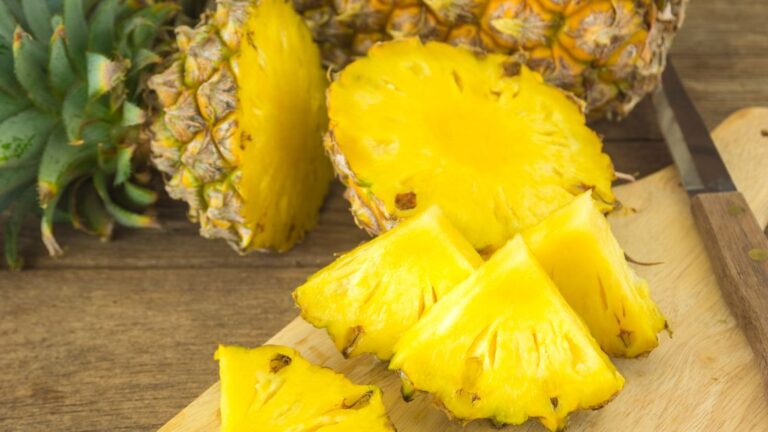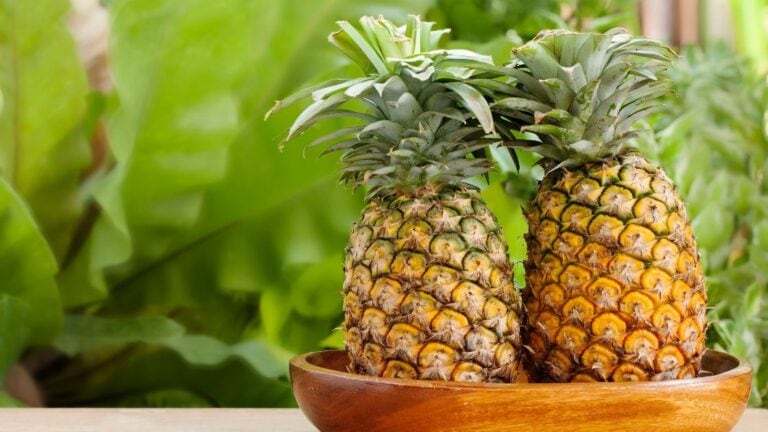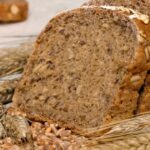- It is a nutrient-rich vegetable with many health benefits
- It is versatile and can be enjoyed in various ways
- It has a long history and is well-known for its nutritional value
- It is considered an alkaline food, despite its slightly acidic pH value
- It is high in essential nutrients, such as vitamins A and C, iron, and magnesium
Think you know everything about this leafy green?
Spinach is a nutrient-rich vegetable that packs a health punch!
Yes, there is a lot more to this green vegetable that will convince you of its benefits in your alkaline diet.
In this blog post, we’ll discuss some of the health benefits of spinach and how it can be beneficial to your overall well-being – from eye health to reducing the risk of cancer.
We’ll discuss its role in boosting your immune system, promoting weight loss, and protecting your heart.
We’ll also provide tips on incorporating spinach into your diet and maximizing its benefits through recipes.
So, whether you’re looking to add more greens to your alkaline diet, learn about the history and production of spinach, or want a few new alkaline-safe recipes, we’ve got you covered.
Physical Descriptions
No, spinach is not always green; you will be surprised to learn that the color of spinach may vary from green to purple.
It all depends on the variety and the conditions under which it is grown.
The leaves of spinach are typically smooth and lance-shaped with a mild, buttery flavor.
It is surprisingly versatile – sauteed spinach, raw spinach, creamed spinach eat it any way you like it!
The stem of spinach can be tender or tough, depending on the variety and how it was harvested.
Spinach is a member of the family Chenopodiaceae, which includes several species of plants commonly referred to as “spinaches.”
These plants are typically characterized by leaves that are finely divided and green in color.
Spinach is a member of this family because it is related to other plants in the same group that typically have similar characteristics.
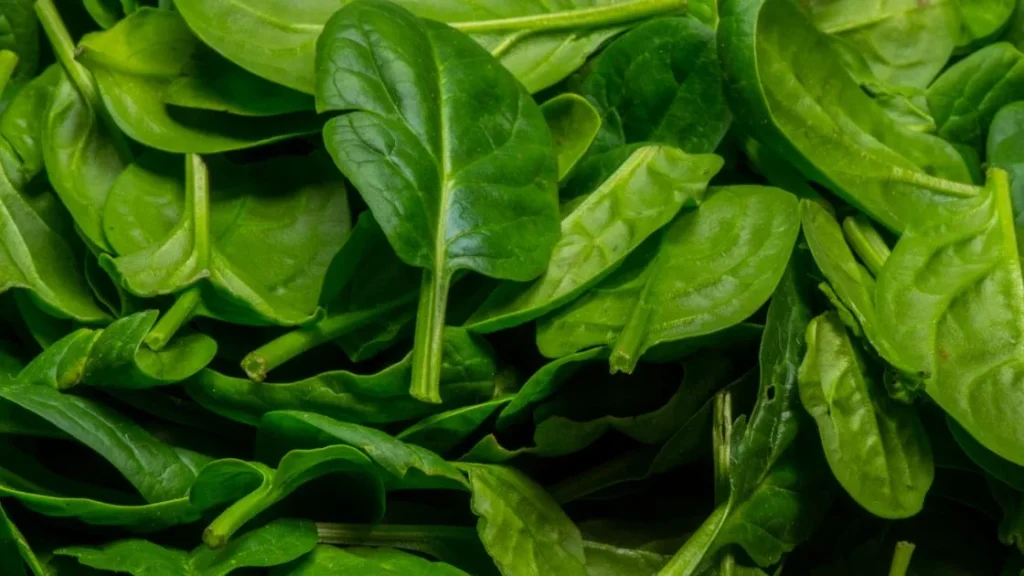
History and Production
The history and production of spinach date back to the mid-16th century, when it was first cultivated in Italy.
You might be surprised to learn that it’s well-known throughout history for its nutritional value and health benefits.
It is a popular staple in many countries, including North America and Europe, and you can serve it as a side dish or salad ingredient for the ultimate benefits (for some of the nutritional benefits you may want to boil them).
Spinach has been used for a variety of health purposes throughout history.
In the past, people have been consuming spinach to treat symptoms of sickness and fatigue.
Feeling tired?
No need for an unhealthy, sugary snack; eat a handful of spinach with your lunch. (Not just like that! Make a yummy spinach dip instead.)
You can even add spinach to shakes or smoothies as a source of vitamins and minerals.
Are you calcium or iron-deficient?
It’s loaded with all the good stuff to support bone health, muscle function, and cardiovascular health.
What is the pH Scale?
The pH scale is a logarithmic scale used to measure the acidity or basicity of a solution. It ranges from 0 to 14, with 7 as neutral, acidic at the lower range, and alkaline at the top.
Although spinach has an acid Ph value of between 5.1 to 5.8, it is considered an alkaline food with kale and Swiss chard.
The pH scale can be useful when measuring the acidity or base of various substances by using different concentrations of H+ ions in those substances.
For example, if you want to measure the acidity of something, you can add a small number of H+ ions to it and then measure its pH.
If you want to measure the base-ness of something, you can add a small amount of OH- ions and then measure its pH.
The higher the concentration of H+ ions in a solution, the more acidic it is on the pH scale.
Nutrition Facts About Spinach
It is high in several essential nutrients, including vitamin A (from the high levels of lutein), vitamin C, and dietary fiber.
It is also a good source of several minerals, including magnesium, potassium, and iron.
Nutritional facts per 100g of raw and boiled spinach are listed below.
Due to the high dose of oxalic acid, the absorption of iron and calcium breaks down under high temperatures.
This means that some of the most essential nutrients are more prevalent if you boil spinach instead of consuming it raw.
- Vitamin C 28.1mg (boiled 9.8mg)
- Vitamin K 525mcg
- Vitamin A 9377 IU (10 481 boiled)
- Iron 2.7mg (boiled 3.6 mg)
- Magnesium 79mg (boiled 87mg)
- Vitamin B6 0,2mg
- Fat 0.4mg (0,3mg boiled)
- Protein 29g (3g boiled)
- Carbohydrates 3.6g (3.8g boiled)
- Calories 23 Calories
- Folate 100mcg
- Choline 24.8
Benefits of Spinach
Eating spinach will introduce high levels of antioxidants, carotenoids, and vitamin K that improve your overall quality of life.
One serving of spinach provides an excellent source of folic acid, which is necessary to produce DNA and cellular repair.
As we’ve mentioned, it also contains vitamins A and C, which are important for maintaining your skin and eye function.
Additionally, spinach is a good source of fiber, which helps to maintain a healthy digestive system.
This helps to reduce blood pressure and cholesterol levels.
Growing spinach at home or in your garden is a great way to get some fresh greens into your diet while supporting healthy living habits.
List Benefits of Spinach
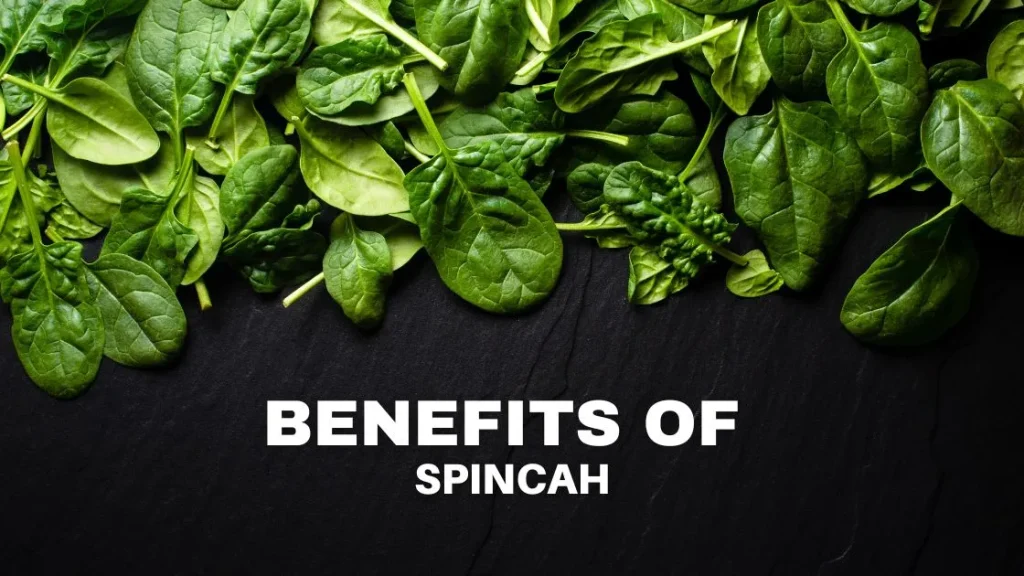
Spinach is a nutritional powerhouse full of health benefits.
It is a low-calorie, high-fiber food that is packed with vitamins and minerals.
One cup of cooked spinach contains:
- Vitamin K – is essential for building and maintaining healthy bones and teeth
- Vitamin A – is important for vision, immunity, and cell growth and development
- Vitamin C – helps support the immune system, skin health, and general well-being
- Folate – an important nutrient for DNA synthesis and cellular growth
- Amino acids – the building blocks of protein
- Choline – a B vitamin that supports brain function and aids in the formation of new cells
- Carbohydrates – provide energy for the body
- Iron – Important for red blood cell production and energy generation
- Magnesium – Important for muscle function, blood sugar regulation, and nerve health
- Vitamin B6 – Essential for protein metabolism and neurotransmitter production
- Protein – Helps with energy production and maintaining muscle mass
Spinach Recipes
Whether you’re on an alkaline diet or not, we can all agree that spinach is a nutritious and delicious addition to any meal.
Here are some of the best spinach recipes to help you get started!
Spinach Artichoke Wraps with Teriyaki Aioli
Ingredients:
- 1/2 cup dry quinoa, rinsed and drained
- 3 cups fresh spinach leaves, stems removed and chopped coarsely (about 2 bunches)
- 1 large artichoke heart, trimmed and finely diced
- Sea salt to taste
- 4 whole wheat tortillas wrap shells or store-bought wrappers For the aioli: 1/2 cup mayonnaise
- 1 tablespoon Dijon mustard
- 1 teaspoon honey
- Fresh parsley leaves, for garnish
Directions:
To make the quinoa, combine it with 1 cup of water in a medium saucepan and bring it to a boil.
Reduce heat to low and simmer for 16 minutes until cooked. Remove from heat and fluff with a fork.
Set aside.
Meanwhile, place the artichoke heart in boiling water for 2 minutes then rinse under cold water to cool slightly.
Cut off the artichoke heart’s stem end to resemble an elongated torpedo shape.
Teriyaki Aioli: In a small bowl or glass jar, whisk together mayonnaise, Dijon mustard, and honey until well combined. Drizzle teriyaki sauce over wraps before serving.
Strawberry Spinach Salad
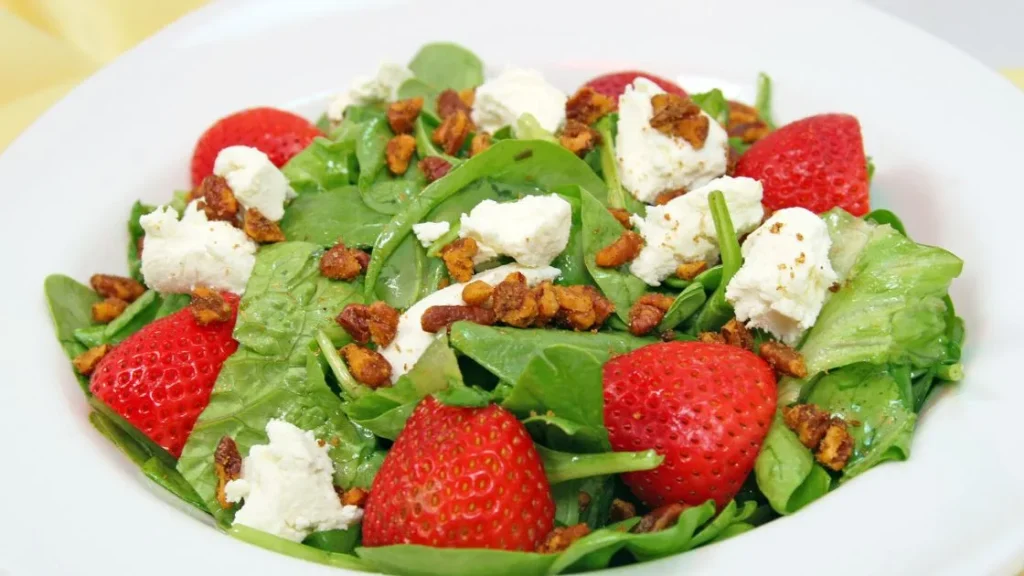
Ingredients
- 1/2 pound strawberries, sliced
- 1/4 cup red onion, diced
- 1 tablespoon olive oil
- 3 cups baby spinach (mature spinach is not ideal)
Dressing:
- 1 tablespoon avocado or almond butter
- 1 teaspoon white balsamic vinegar
- 3 drops stevia extract juice of half a lemon salt and freshly ground black pepper to taste
Directions:
In a large salad bowl, combine the strawberries, red onion, and olive oil.
Toss to coat. Add the baby spinach leaves and toss until coated.
Dress with specified dressing and season with salt and pepper.
Conclusion
Green leafy vegetables are a great addition to your alkaline diet!
As we’ve illustrated, they are high in antioxidants and nutrients.
These will protect your body against the damage caused by free radicals, which can contribute to the development of chronic diseases and premature aging.
Among other benefits, spinach also contains a good amount of dietary fiber, which helps to regulate your digestion and make you feel full for longer.
So, if you’re looking for a healthy and nutritious addition to your alkaline diet, spinach should be at the top of your list.


